Ферари за Белгия
Шарл Льоклер:
The Spa-Francorchamps circuit has a special place in my heart. While it is here that I took my first win, it is also where we lost our friend Anthoine last year. It will be difficult to return to this track and he will be in our thoughts all weekend.
In terms of expectations, it will be tougher for us in terms of performance this time around as we do not have the same level of competitivness as we did in 2019. However, we have seen that anything can happen at this track, especially with the unpredictable weather.
As a team, we will have to work very hard to do all we can to get the most out of the car right from Friday. In free practice, we must gather all the information needed to pick the best strategy for qualifying and especially for the race.
Себастиан Фетел: The Spa circuit is truly unique. No other track we visit has so many variations in height. It continually climbs and drops, a feature you can’t really appreciate seeing it on television. The track has some of the most difficult and enjoyable corners on the calendar, such as Eau Rouge, Pouhon and the esses before Stavelot, which in French, they call a 'piff paff'.
It’s medium to low in terms of downforce requirement, but all sorts of factors can affect how you do in the race, starting with the weather, which is usually changeable. So you need to be able to tackle all the variables in the best way possible.
Enrico Gualtieri: The Spa-Francorchamps circuit is undoubtedly one of the most beautiful and demanding on the calendar, for the drivers and also for we engineers. It’s particularly difficult to find the perfect car balance for its entire seven kilometres. In terms of Power Unit management, the track is pretty demanding with over a minute spent at full throttle. It’s important therefore to have enough power – you can never have too much – but you also want good driveability, especially when it comes to the first and last corners. Apart from its power output, energy recovery through the MGU-H is also key, so that the overall efficiency of the Power Unit is what counts.
Even before the introduction of DRS, overtaking was relatively easy at this track, but it’s the choice of the aerodynamic downforce level that really makes the difference. With low downforce, your top speed by the end of the Kemmel straight is very good, but then in the second sector, you run the risk of really struggling. However, if you opt for medium to high downforce, you might do well in qualifying but then in the race, you risk getting overtaken and above all, struggle to overtake even with DRS. To all this you can add unpredictable weather with different conditions at various points on the circuit, so the brain teaser is really complete. In fact, the forecast for this weekend suggests the weather will further complicate matters, with a mainly dry Saturday, but rain forecast for Sunday, with temperatures no higher than a decidedly not summery 16°C.
In this first part of the season we have seen the championship pretty much divided into two groups: on the one hand, three drivers who seem to be uncatchable and on the other, another ten or so all within a few tenths of one another. In Barcelona, we paid a high price for a lack of reliability, and in fact we have now identified the problem with the electronic control unit that caused Charles’ retirement. But we also suffered from not maximising our qualifying performance, which put us in a difficult situation in the race. Aware of the current difficulties, we have to focus on our work in preparing for the weekend. The main aim is to ensure the drivers can get the most out of the SF1000. We must optimise the car-PU package, work well in the garage, define the best strategy and be efficient when it comes to reacting to changing conditions. Every thousandth of a second counts, every decision can make the difference.


















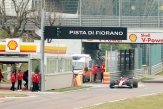
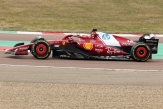
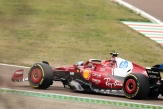
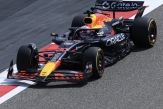
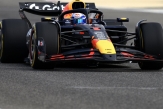
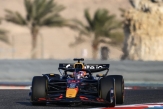

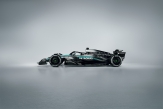
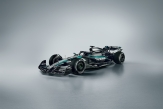
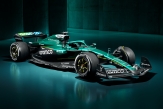
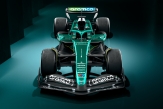
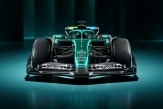
.jpg)
.jpg)
.jpg)

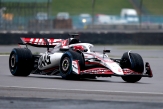

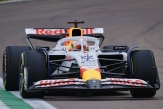
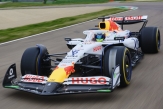
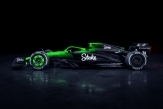
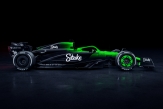

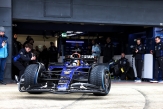
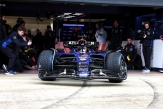
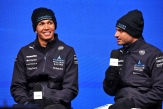

02/12/2025 от Огнян Тенчев (drJeckyll), няма коментари